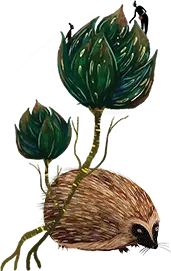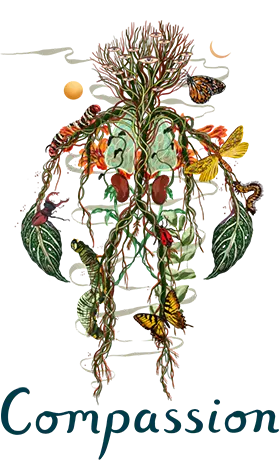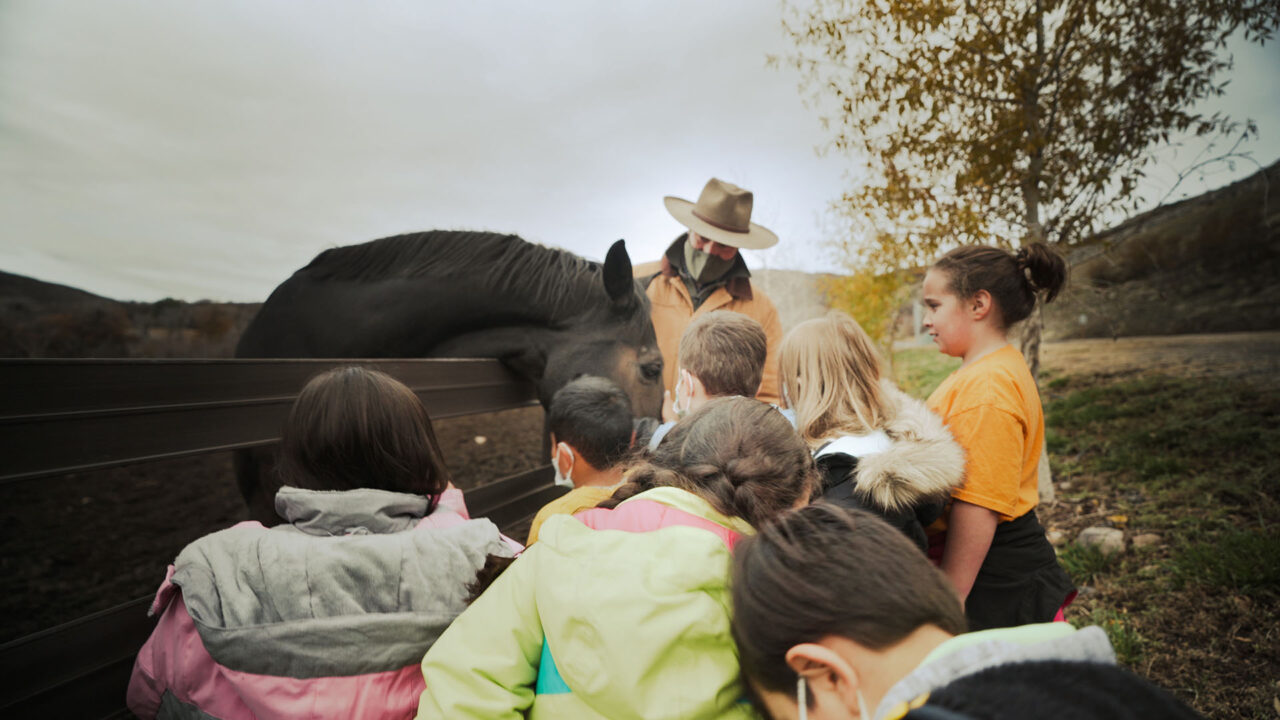
What is the Compassion pathway to Nature Connection?

The Compassion pathway is about…
Caring for and helping the rest of the natural world.
Written in partnership with Dr Carly Butler from the Nature Connectedness Research Group at University of Derby
For examples of the compassion pathway in action, check out our article full of ideas.
To activate the compassion pathway, we can nurture a sense of love and care for the more-than-human world and take action to protect and help Nature.
Compassion involves both feeling and action. To experience compassion, we need to first be aware of Nature’s suffering, experience a sense of concern and sympathy for that suffering, a desire to ease the suffering, and a motivation to take action to relief that suffering. We can summarise it in the following steps:
- Recognition / awareness
- Feeling concern (sympathy / empathy)
- A desire to help
- Motivation to take action.

Compassion is central to all human relationships
The human capacity to experience and act on a sense of compassion is key to our survival and social relationships. It is evident in our tendency to help ill and injured people, in parent-child attachment and sensitivity to the needs of infants, and in altruistic and pro-social behaviour that helps establish belonging in a group. The emotional elements of compassion include our capacity to experience a sense of empathy – being able to imagine and share the feelings of another person.
These capacities and tendencies can also be present in our relationship with the more-than-human – a sensitivity to the suffering and needs of Nature, a feeling of empathy for Nature, a desire to want to help, and engaging in pro-nature behaviour. When we experience these feelings of compassion, and take action to help Nature, we can deepen our connection with Nature. Compassion helps strengthen our bonds with the rest of the natural world.
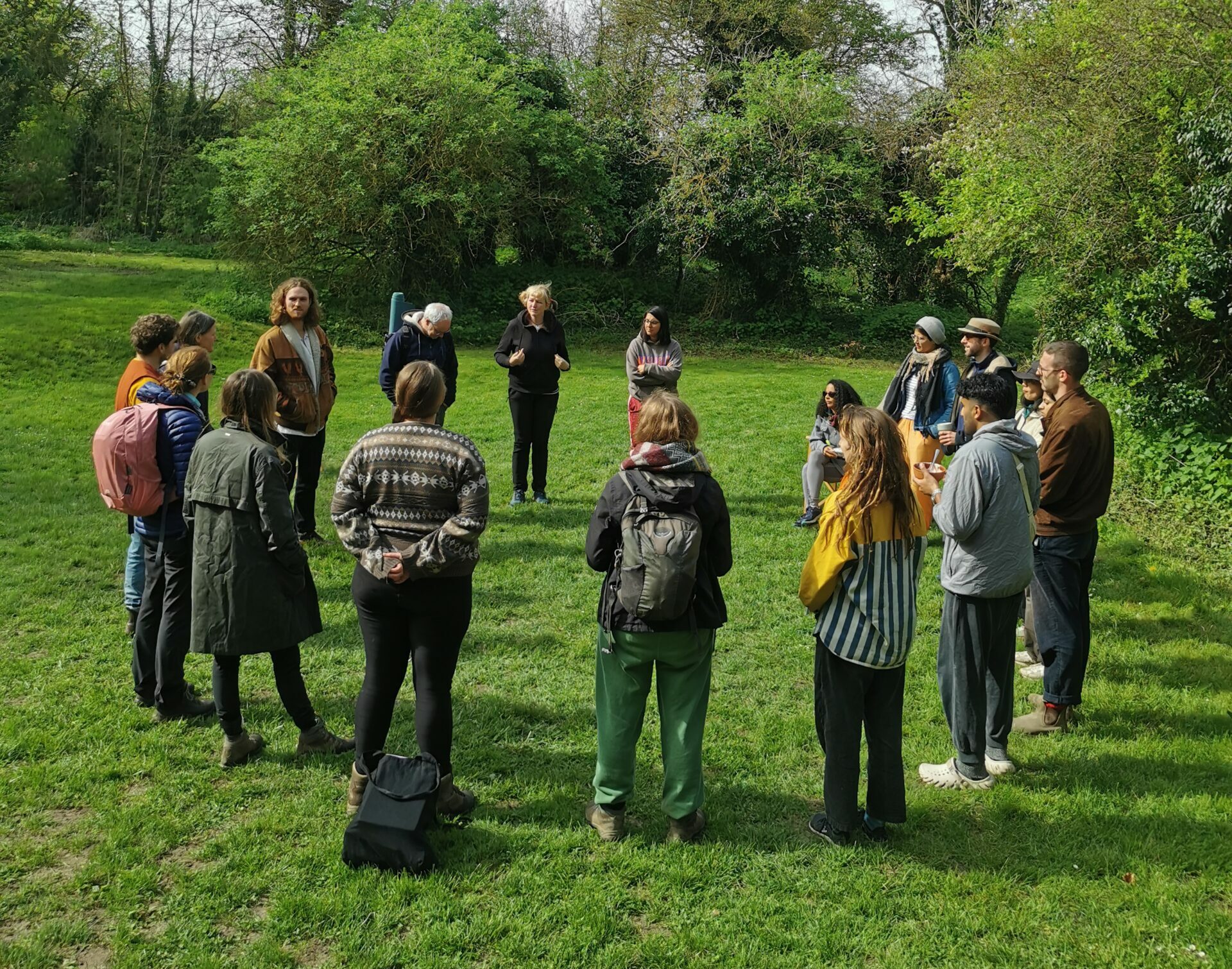
Compassion leads to action
As you might expect, people with a stronger connection with nature are more likely to take action to help nature. So, taking a moment to help nature in whichever way you can is not only relationship building, but can contribute to a developing cycle of care. Importantly, there is a reciprocal element to this – Nature that is cared for is better able to share her gifts with us. Healthy soil grows better food and more beautiful flowers, and thriving insect and mammal populations bring infinite benefits to human existence.
The compassion pathway can really help us recognise our interconnectedness with the rest of Nature, tap into our innate tendency to love and care for the more-than-human, and experience the joy of a life lived in harmony and reciprocity with the natural world.
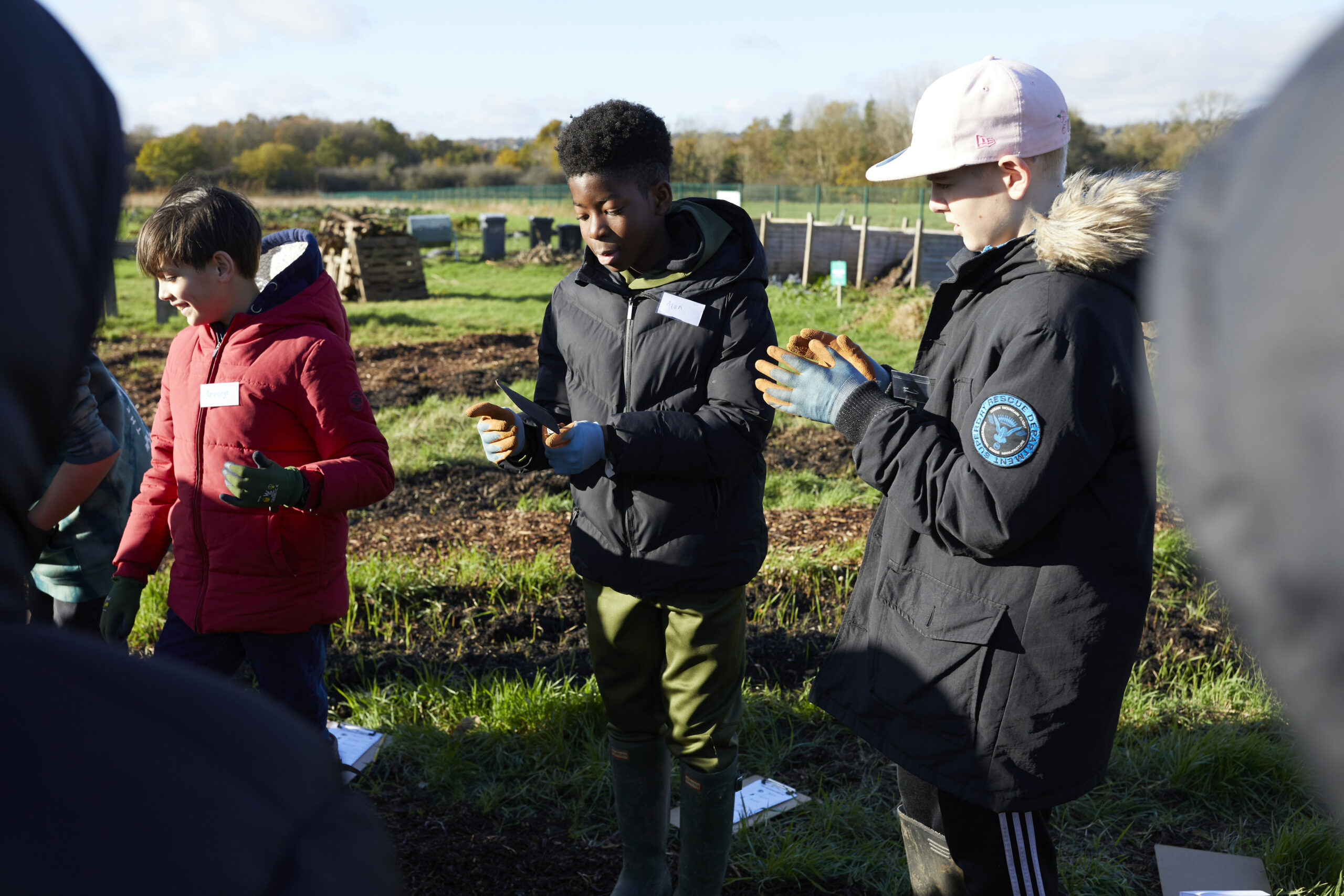
What the research says…
The importance of nature connectedness for pro-environmental behaviour
There is a large body of research suggesting that people with strong connections to Nature are more likely to take action to help it – whether through carbon cutting behaviours, taking action against pollution, engaging in pro-conservation behaviours, or taking civil actions (Mackay & Schmitt, 2019; Whitburn et al., 2020). One study found that people with higher levels of nature connectedness were 3.5 times more likely to help Nature (Martin et al., 2020).
Nature connectedness is a better predictor of pro-environmental behaviour than access to green space (Martin et al., 2020). Children’s nature connectedness is a better predictor of their pro-nature behaviour than their environmental knowledge (Otto & Pensini, 2017).

Benefits of citizen science and volunteering for nature connectedness
People who take part in citizen science projects are often motivated by an interest in connecting with nature. Studies have found that citizen science activities (i.e. counting birds or butterflies) can lead to increased nature connectedness, with effects greater when people engage emotionally with the Nature they observe (Pocock et al., 2023; Butler et al., 2024; White et al., 2023)
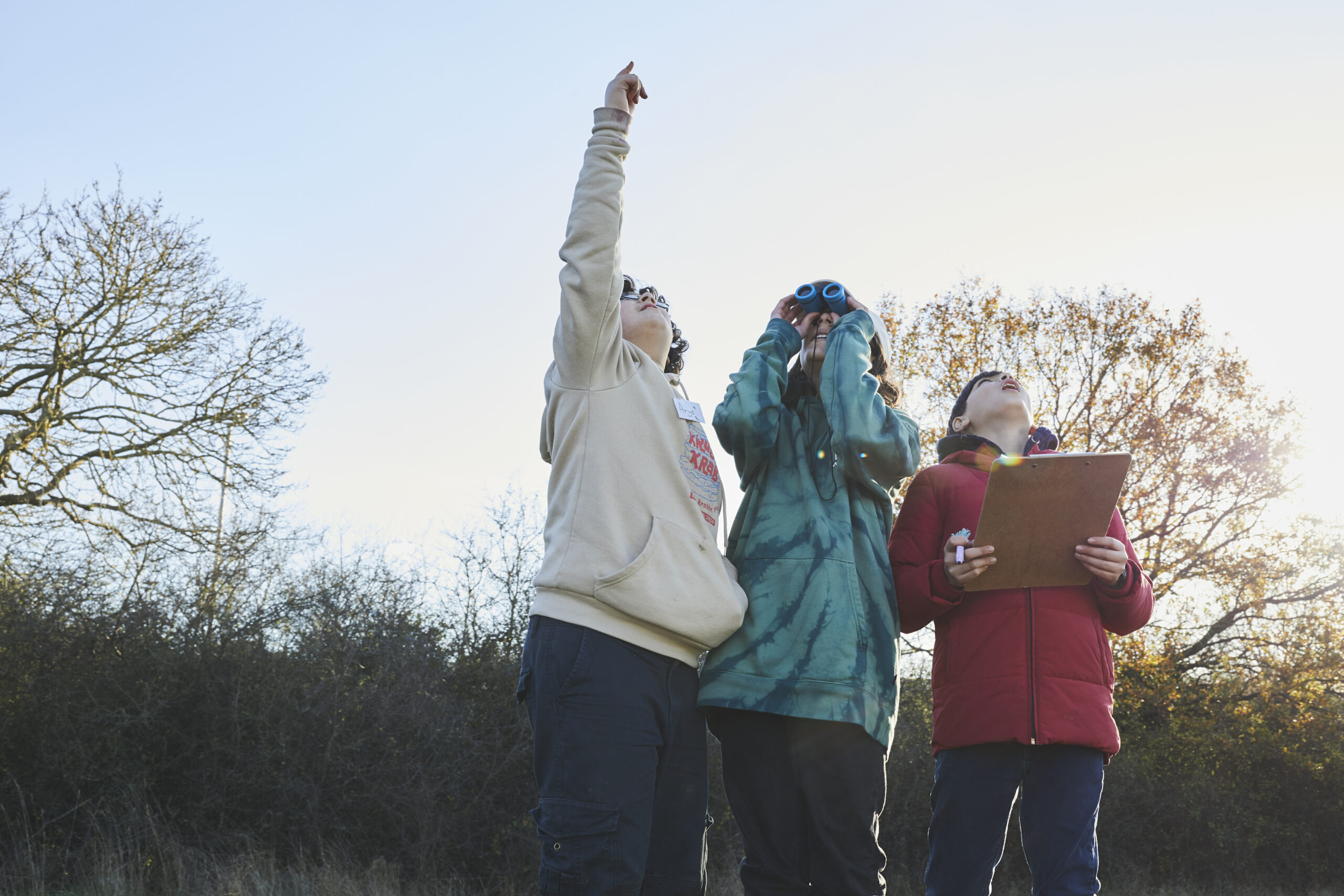
Nature as persons
Considering the thoughts, feelings and perspectives of the more-than-human can shape our sense of relationship with and care for Nature. The practice of anthropomorphism (attributing human characteristics to non-human species) has been found to increase connectedness to Nature and conservation behaviour (Tam et al., 2013; Williams et al., 2021).
While anthropomorphism has often been criticised in conservation contexts for inappropriate attribution of competencies and thoughts, there is a growing body of research demonstrating that science has long overlooked and under-estimated the emotional, social and cognitive competencies and practices of the many species. A recent study found that the degree of perceived similarity between a species and humans was associated with species engagement – including greater moral concern and conservation support for that species (Nijssen et al., 2024).
More research is needed, but there are exciting opportunities to explore how an approach to conservation that is based on considering the personhood of the more-than-human can enhance human-nature relationships and increase care and protection of Nature.
This is an idea that is far more common in indigenous peoples’ worldview, something we have explored in one of our ReWild Yourself Champion articles – Four Indigenous Philosophies to help us connect to Nature.
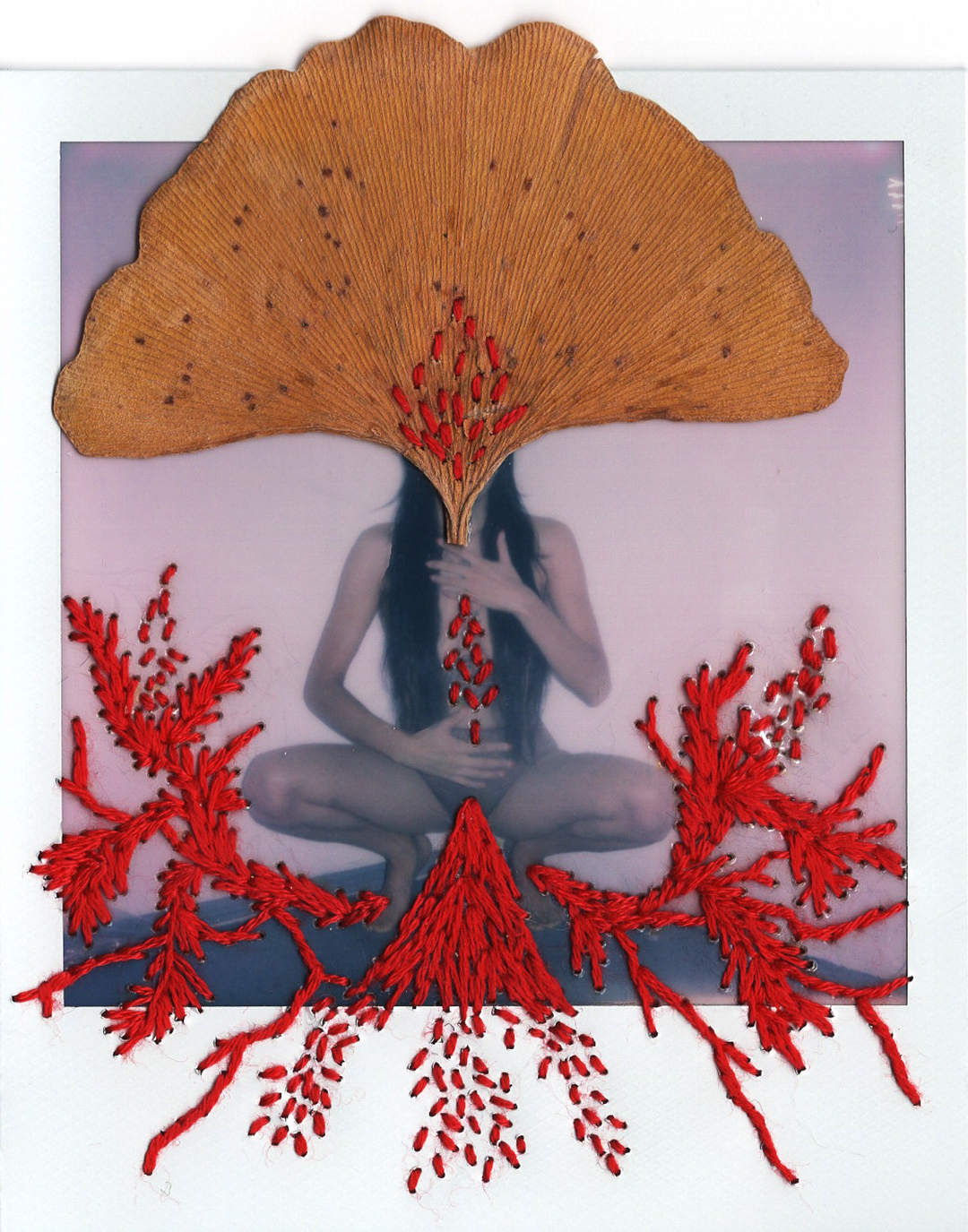
Inducing empathy
Some people are pre-disposed to have a sense of empathy with Nature, which is associated with feeling close to nature, and considering Nature to be sentient (Tam, 2013). But a sense of empathy can also be generated – experimental studies have found that when people’s empathy for Nature is induced (i.e. they are asked to take the perspective of an animal that is suffering), they are more more likely to show compassion and intention to help that species. Such manipulations increase concern not just for individual species but for the environment more generally (Wang et al., 2023).
There have been several studies exploring the impact and outcomes of arts-based programmes aimed at increasing Nature connectedness, particularly amongst children and young people (see Moula et al., 2022). The arts are a powerful route to improving human-nature relationships as they operate across multiple pathways, often involving heightened sensory engagement, appreciation of beauty, and emotional connections with nature.
While each of these can help lead to engagement with the meanings of Nature, the arts can help foreground meaning-making and people’s relationships with the rest of Nature (Muhr, 2020). For example, Hallam et al (2021) describe an arts-based intervention that offered young people opportunities to explore cultural and historical meanings of Nature through folk lore and ‘flower language’, and traditional human relationships with Nature through campfire and foraging.
Further Reading
For an overview of approaches to compassion (in general), see Gilbert and van Gordon (2023).

Explore ‘Compassion’ pathway activities…
References
Berenguer, J. (2007). The effect of empathy in proenvironmental attitudes and behaviors. Environment and behavior, 39(2), 269-283.
Butler, C. W., Hamlin, I., Richardson, M., Lowe, M., & Fox, R. (2024). Connection for conservation: The impact of counting butterflies on nature connectedness and wellbeing in citizen scientists. Biological Conservation, 292, 110497.
Gilbert, P., & Van Gordon, W. (2023). Compassion as a skill: A comparison of contemplative and evolution-based approaches. Mindfulness, 14(10), 2395-2416.
Mackay, C. M., & Schmitt, M. T. (2019). Do people who feel connected to nature do more to protect it? A meta-analysis. Journal of Environmental Psychology, 65, 101323.
Martin, L., White, M. P., Hunt, A., Richardson, M., Pahl, S., & Burt, J. (2020). Nature contact, nature connectedness and associations with health, wellbeing and pro-environmental behaviours. Journal of environmental psychology, 68, 101389.
Nijssen, S. R., Krainz, M., White, M. P., & Pahl, S. (2024). It’s what on the inside that counts: Addressing the biodiversity crisis by emphasizing species’ inner mental lives. Journal of Environmental Psychology, 102411.
Otto, S., & Pensini, P. (2017). Nature-based environmental education of children: Environmental knowledge and connectedness to nature, together, are related to ecological behaviour. Global environmental change, 47, 88-94.
Pocock, M. J., Hamlin, I., Christelow, J., Passmore, H. A., & Richardson, M. (2023). The benefits of citizen science and nature‐noticing activities for well‐being, nature connectedness and pro‐nature conservation behaviours. People and Nature, 5(2), 591-606.
Tam, K. P. (2013). Dispositional empathy with nature. Journal of environmental psychology, 35, 92-104.
Tam, K. P., Lee, S. L., & Chao, M. M. (2013). Saving Mr. Nature: Anthropomorphism enhances connectedness to and protectiveness toward nature. Journal of Experimental Social Psychology, 49(3), 514-521.
Wang, L., Sheng, G., She, S., & Xu, J. (2023). Impact of empathy with nature on pro‐environmental behaviour. International Journal of Consumer Studies, 47(2), 652-668.
Whitburn, J et al. (2020). Meta‐analysis of human connection to nature and proenvironmental behavior. Conservation Biology, 34(1), 180-193
White, M. E., Hamlin, I., Butler, C. W., & Richardson, M. (2023). The Joy of birds: the effect of rating for joy or counting garden bird species on wellbeing, anxiety, and nature connection. Urban Ecosystems, 26(3), 755-765.



